When it comes to creating a productive and positive work environment, office interior design can play a significant role in shaping employee morale. Here are some ways in which office interior design can impact employee morale:
A well office interior design space can improve employee morale by providing a layout that encourages collaboration and communication, while also providing privacy and individual workspace when needed. Efficient space utilization can also improve employee comfort, making it easier for them to work for longer hours without experiencing fatigue.
Natural light has been shown to have a positive impact on employee morale, energy, and productivity. A well-lit office space can enhance mood and reduce eye strain, leading to higher levels of productivity and satisfaction.
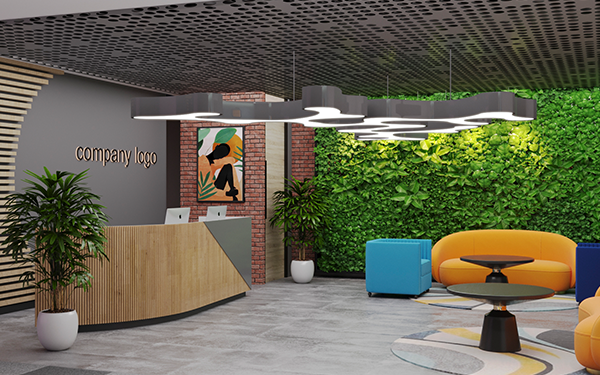
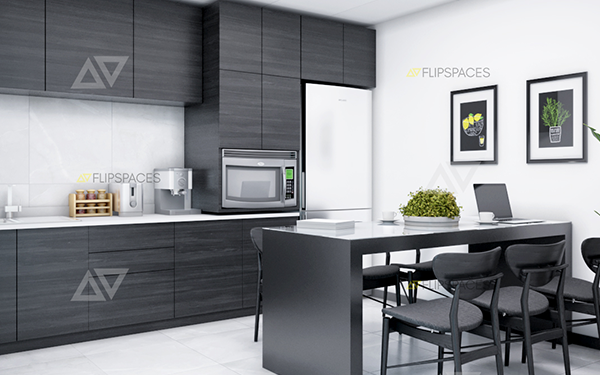
The use of color and aesthetic elements can greatly impact employee morale. Neutral colors like white, gray, and beige can make a space feel calm and professional, while brighter colors like green and blue can promote creativity and focus. Art and decorative elements can also enhance employee morale by adding personality and visual interest to the office interior design.
Properly designed office furniture and equipment can reduce discomfort, improve posture, and enhance employee morale. Ergonomic chairs, desks, and computer equipment can reduce physical strain and increase productivity.
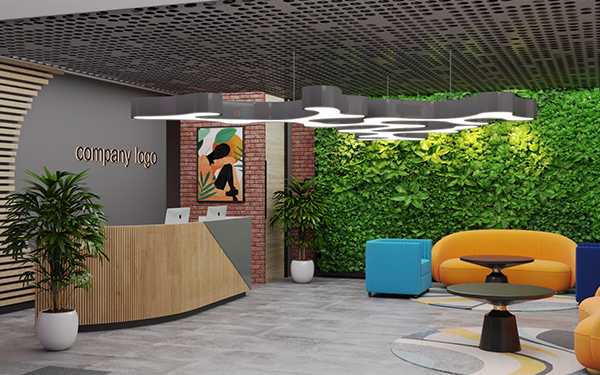
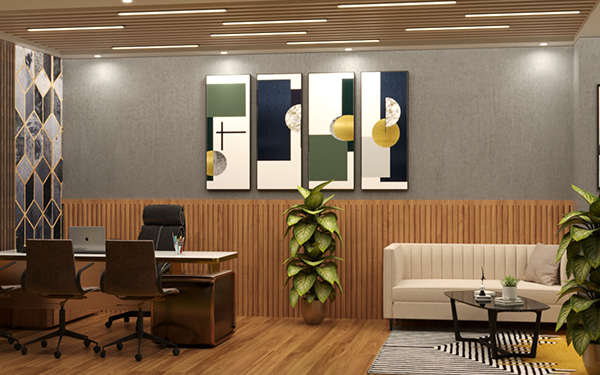
Access to amenities like comfortable break rooms, refreshment stations, and recreational areas can improve employee morale by creating a more relaxed and enjoyable work environment.
In conclusion, office interior design can have a significant impact on employee morale. By creating an environment that is comfortable, functional, and aesthetically pleasing, employers can enhance employee satisfaction, productivity, and overall well-being.
Office interior design is a crucial aspect of creating a comfortable and collaborative workspace for employees. It is more than just aesthetic appeal; a well-designed office interior space can promote a sense of community among employees, which can lead to better collaboration, communication, and overall productivity. In this blog, we will discuss how office interior design can promote a sense of community among employees and create a more cohesive workplace culture.
Open and Collaborative Spaces
An open and collaborative office interior design can help foster a sense of community among employees. An open space floor plan can create a shared workspace where employees can interact and collaborate on projects. The absence of walls and doors encourages communication and collaboration, which can lead to a stronger sense of community within the workplace. It is essential to create designated spaces for collaborative work to ensure that employees can work effectively and efficiently without disturbing others.
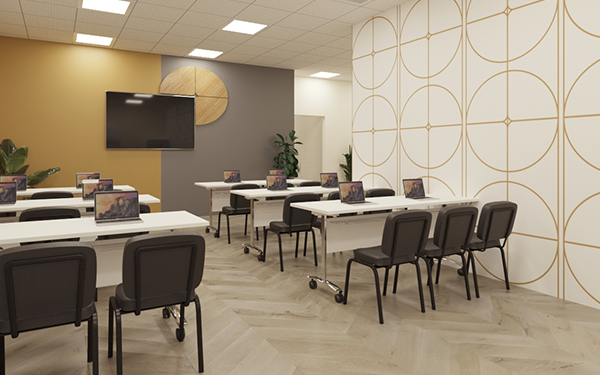

Incorporating Greenery
Greenery is known to have a positive impact on people's mental health and well-being. Incorporating plants and greenery into office interior design can help promote a sense of community among employees by providing a calm and relaxing environment. A study has shown that plants can reduce stress levels by up to 60%, leading to increased employee satisfaction and productivity. Adding greenery to the office interior design can help employees feel more connected to nature and create a more pleasant workspace.
Flexible Workspace
A flexible workspace of office interior design can help promote a sense of community among employees by offering a variety of workspaces for different needs. Employees can work at their desks, collaborate in shared spaces, or take a break in relaxation areas. Providing flexible workspace options can help employees feel more comfortable and productive while also promoting a sense of community by encouraging socialization and collaboration.

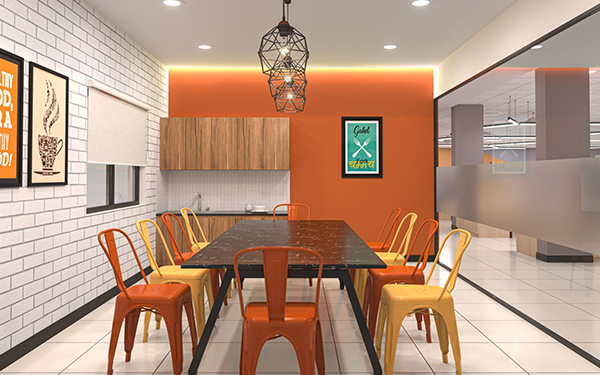
Incorporating Breakout Spaces
Breakout spaces are areas that are designed for employees to take a break from their work, relax, and recharge. These spaces can help promote a sense of community among employees by providing a comfortable and relaxed environment to interact with each other. Breakout spaces can be designed with comfortable seating, games, or even a small kitchen area. By incorporating breakout spaces into office interior design, employers can encourage employees to take breaks and socialize with each other, which can help build a more cohesive workplace culture.
Incorporating Technology
Incorporating technology into office interior design can help promote a sense of community among employees by providing tools to collaborate and communicate more efficiently. Technology such as video conferencing, instant messaging, and project management software can help employees work together effectively, even when they are not physically in the same space. By providing technology tools, employers can create a more connected and collaborative workplace culture.
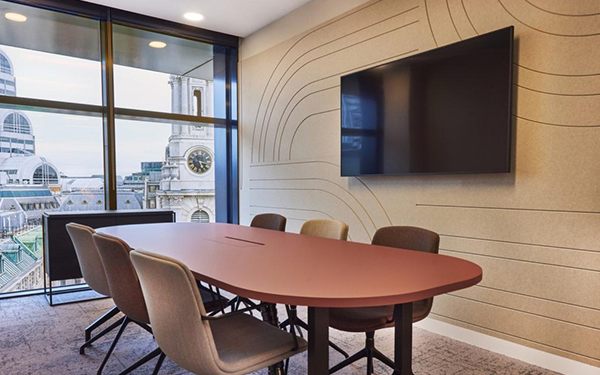
Conclusion
Office interior design plays a crucial role in promoting a sense of community among employees. By creating an open and collaborative space, incorporating greenery, providing flexible workspaces, breakout spaces, and incorporating technology, employers can create a more cohesive workplace culture. By promoting socialization, collaboration, and communication, employers can encourage employees to feel connected to each other and ultimately contribute to a more productive and satisfying work environment.
Office interior design has become a crucial aspect of the modern workplace. The way your office interior design is designed can have a significant impact on your employees' engagement levels. Employee engagement refers to the degree to which employees are committed to their work, feel a sense of ownership and purpose, and are motivated to achieve their goals. A well-designed office space can positively affect your employees' engagement levels, leading to increased productivity, creativity, and job satisfaction.
Here are some ways in which office interior design can improve employee engagement:
One of the most effective ways to encourage employee engagement is through an open-plan layout. An open-plan office interior design allows for better communication and collaboration among employees. It creates a sense of community and promotes a feeling of belonging among team members. An open-plan layout also ensures that everyone is visible, which fosters a sense of accountability and encourages people to work together towards common goals.
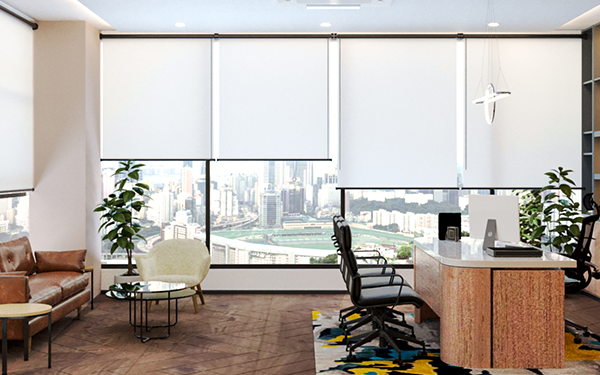
Natural Light
Natural light is an essential aspect of office interior design. Studies have shown that exposure to natural light can improve mood, productivity, and overall health. Ensure that your office has ample windows to let in natural light. You can also incorporate skylights or light shelves to distribute natural light evenly throughout the office space. This can create a more pleasant and inviting work environment, which can boost employee engagement.
Ergonomic Design
Ergonomic design refers to the design of furniture, equipment, and spaces that are tailored to meet the needs of employees. Office interior design includes comfortable seating, adjustable desks, and proper lighting. When employees are comfortable in their workspace, they are more likely to be productive and engaged. Investing in ergonomic furniture and office interior design can improve employee morale, reduce absenteeism, and boost productivity.
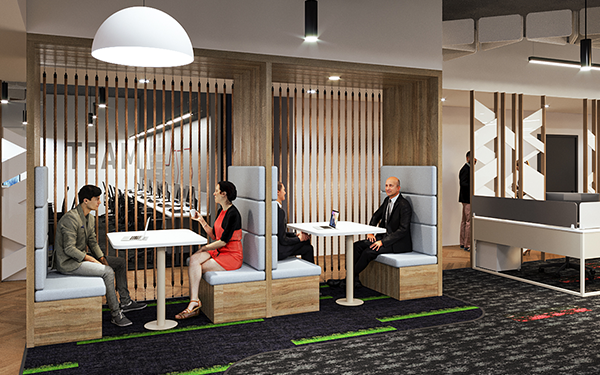
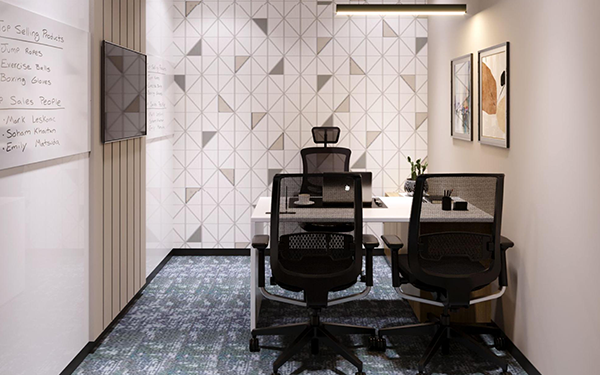
Color and Decor
The colors and decor of your office space can significantly impact employee engagement levels. Studies have shown that certain colors can evoke specific emotions and moods. For example, blue is known to create a calming effect, while yellow can be energizing. You can use these color psychology principles to create a work environment that promotes engagement and productivity. Adding art, plants, and other decorative elements can also make the workspace more inviting and pleasant, which can increase employee engagement.
Breakout Spaces
Breakout spaces are areas within the office designed for employees to take a break, relax, or work away from their desks. These spaces can include comfortable seating, games, and other amenities that encourage employees to take a break and recharge. Breakout spaces are essential for employee engagement because they provide an opportunity for employees to connect with each other and foster a sense of community within the workplace.

Incorporating technology into the office space can also improve employee engagement levels. This can include providing access to the latest software, hardware, and other tools that employees need to do their job effectively. The use of technology can also streamline processes and improve efficiency, which can make work easier and more enjoyable for employees.
In conclusion, office interior design plays a crucial role in improving employee engagement levels. Incorporating an open-plan layout, natural light, ergonomic design, color and decor, breakout spaces, and technology can create a work environment that promotes productivity, creativity, and job satisfaction. By investing in office interior design, you can create a space that your employees will be proud to work in and will help them achieve their goals.
Office interior design is a crucial aspect that can impact employee creativity in multiple ways. The way your office space is designed can either motivate or demotivate employees. It is not just about aesthetics but also about how the space functions and makes employees feel. In this article, we will explore how office interior design can impact employee creativity.
Lighting
Lighting is an essential aspect of office interior design that can significantly impact employee creativity. Natural light is known to have a positive effect on employees' productivity and creativity. The use of natural light in office interior design can enhance employees' moods, reduce eye strain, and improve their overall well-being. Offices should have large windows that let in natural light to create a positive environment. Additionally, artificial lighting should be used to supplement natural light and provide proper illumination.
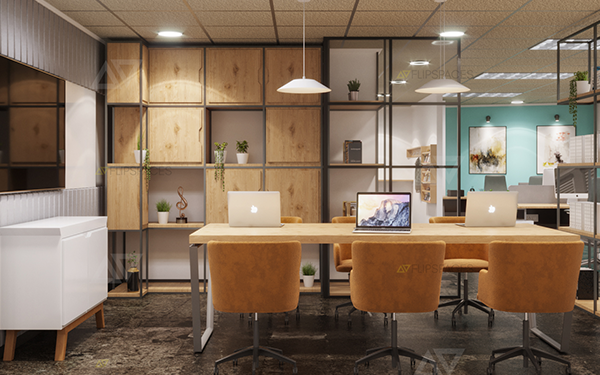
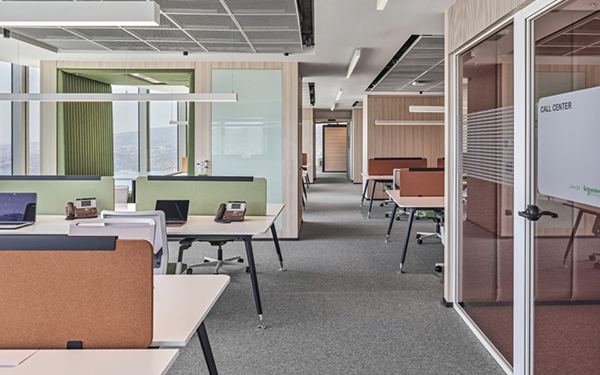
Color
The use of color in an office interior design can impact employees' productivity and creativity. Bright colors can energize employees and increase their motivation, while cool colors can help to create a relaxed environment. Office interior design uses a combination of colors to create an environment that is conducive to creativity. For instance, yellow can be used to increase focus, while blue can create a calming effect. Office interior design uses different colors to create zones within the office, such as a quiet zone for focused work and a collaborative zone for group work.
Furniture
In office interior design furniture is another aspect that can impact employee creativity. Comfortable and ergonomic furniture can help employees focus on their work and reduce discomfort. Additionally, office interior design incorporates flexible furniture that can be moved around to create a collaborative workspace. This allows employees to work in different areas of the office, which can stimulate creativity.
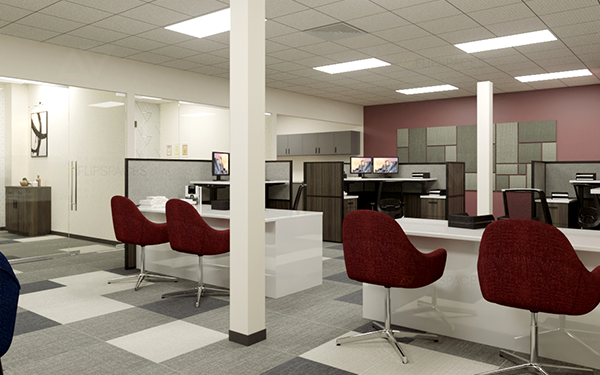

Acoustics
Acoustics is an often-overlooked aspect of office interior design, but it can have a significant impact on employee creativity. High levels of noise can be distracting and decrease productivity. Offices can incorporate acoustic panels to reduce noise levels and create a quieter environment. Additionally, offices can have designated quiet zones where employees can work without distractions.
Layout
The office interior design layout can also impact employee creativity. Open plan office interior design can encourage collaboration and communication, but they can also be noisy and distracting. Offices can incorporate quiet zones within the open-plan space to provide employees with a quiet area to work. Additionally, offices can create private spaces for employees to work when they need to concentrate.
In conclusion, office interior design plays a crucial role in impacting employee creativity. A well-designed office by an office interior design can motivate employees, enhance their productivity, and improve their well-being. The use of natural light, color, furniture, acoustics, and layout can all impact employee creativity. Office interior design consider all of these aspects when designing space to create an environment that is conducive to creativity and productivity.